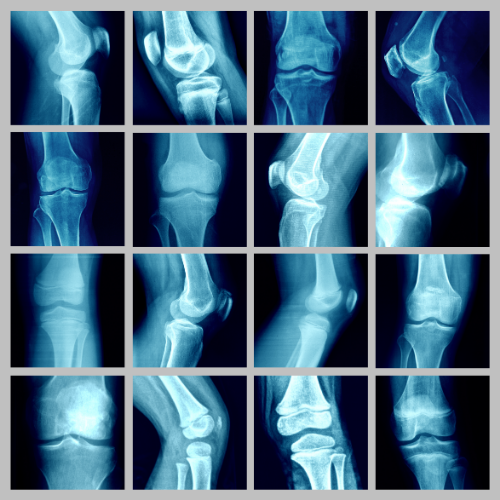Hinges are tools we frequently use in our daily lives that make many of our tasks easier. They typically consist of two parts, one fixed and one movable. They come in various sizes, shapes, and materials, often made of metal or sometimes plastic.
Hinges are used in almost all two-part and movable objects we use. They can be found in doors and windows in homes and cars, as well as in items that open like refrigerators, kitchen cabinets, trunks, bags, and suitcases. There are also large hinges used in various industrial machines, such as cranes, in addition to tiny hinges in items like watches and glasses.
Now, you might be wondering who invented such a useful tool. While the exact inventor is unknown, the oldest known hinge dates back to 1922 and was found during an excavation in Egypt. These copper hinges from around 1350 B.C. allowed the coffin in the tomb to open and close.
Hinges in Our Bodies!
You might be asking, “Do we have hinges in our bodies too?”
Yes, we do, and they are quite remarkable. These hinges don’t rust, squeak, need paint, oil, or wear out. Our bodies are designed to compensate for all of these needs. The hinges in our bodies, which function between bones, are called “joints.”
In our bodies, there are more than 200 bones, each working in harmony and supporting one another. No two bones directly touch each other because they have smooth, slippery joints in between. These joints consist of cartilage on the outside and bone on the inside. A lubricating substance called “synovial fluid” is produced in just the right amount to keep the cartilage smooth throughout our lives. The outer cartilage structure is crucial for the flexibility of the joint.
Our joints are categorized according to their mobility. Those in our arms and legs are called “moveable,” those in our spine are “semi-moveable,” and those in our head are “immovable” or fixed. Joints are designed based on the movement capabilities of our limbs; arm and leg joints are created to perform all kinds of movements, while the joints in our skull are immobile.
Vital Functions
We may not always realize it, but the function of joints in our bodies is essential for our survival. To walk, lift our arms, move our fingers, turn our heads, or move our jaws, we need joints.
Just as a door or window requires a force to open and close, our joints need a force to move. In our wonderfully created bodies, muscles are responsible for providing this force.
The Number of Joints
At birth, we have a total of 360 joints: 86 in the skull, 6 in the larynx, 66 in the chest cage, 76 in the spine and hips, 64 in the arms (32 x 2), and 62 in the legs (31 x 2).
In a hadith, our beloved Prophet, peace and blessings be upon him, mentions the number of joints as 360.[1] After birth, the number of joints decreases to around 270. During birth, the number of bones is higher in the skull and chest cage, but over time, the bones fuse, reducing the number of joints. This has various wisdom, including preventing harm to the brain during birth and facilitating a smoother delivery. Newborns have gaps in their skulls, commonly known as “soft spots” or fontanelles. These gaps gradually close as the bones fuse, which takes about 18 months.
Obesity, various illnesses, improper nutrition, or certain incorrect movements can lead to joint problems. In such cases, metal parts made of platinum are sometimes used to replace joints and restore their function. However, people may not fully regain their former mobility.
We should be grateful to our Creator Who has provided us with these amazing joints thousands of times over, shouldn’t we?
[1] “Verily, every human being among the children of Adam was created with three hundred and sixty joints. Whoever exalts God, praises God, declares God is one, glorifies God, removes a rock from the roads of people, or a thorn, or a bone from the roads of people, and enjoins good and forbids evil by the number of those joints, he will walk on that day delivering himself from the Hellfire.” (Tahawi, Mushkil, I, 92; Sahih Muslim, Zakah, 54).




